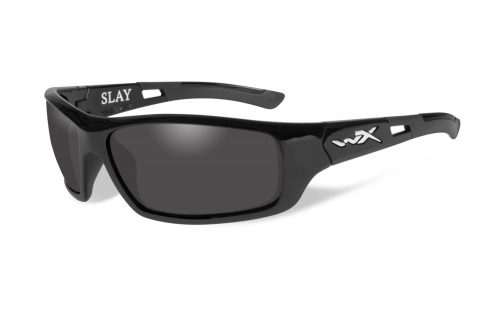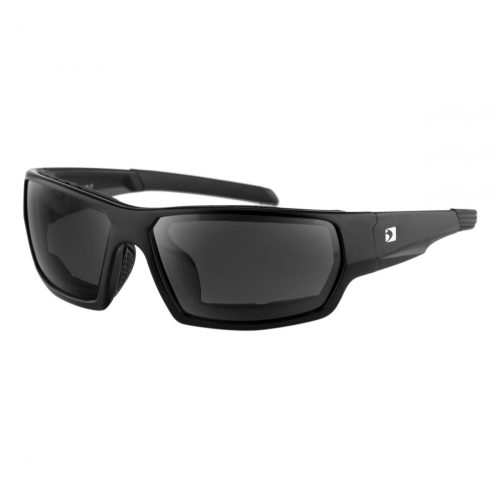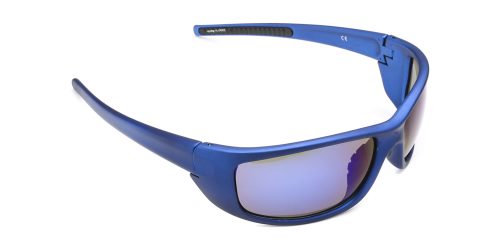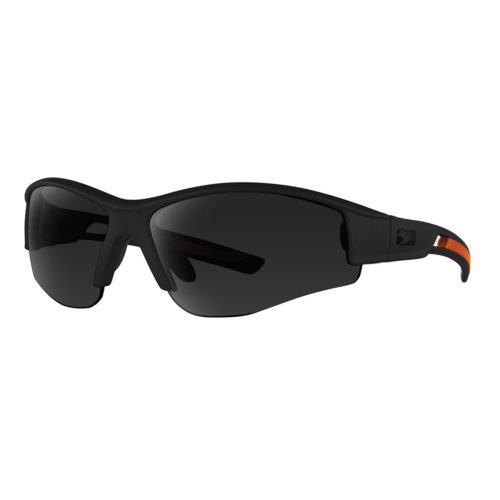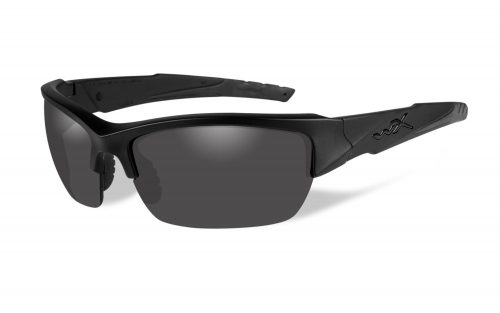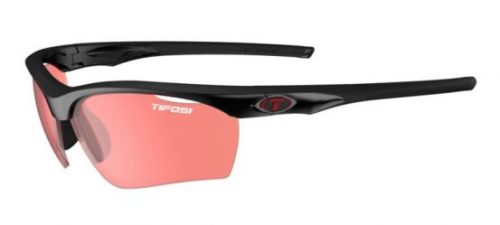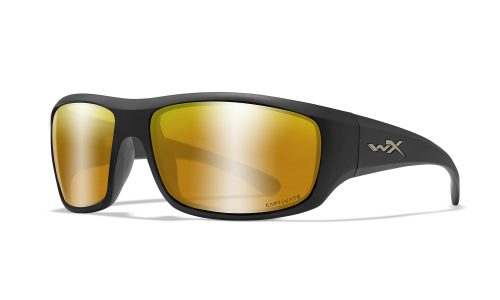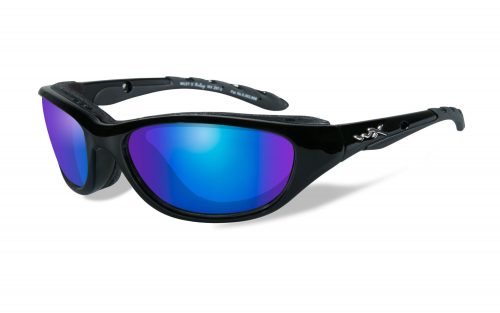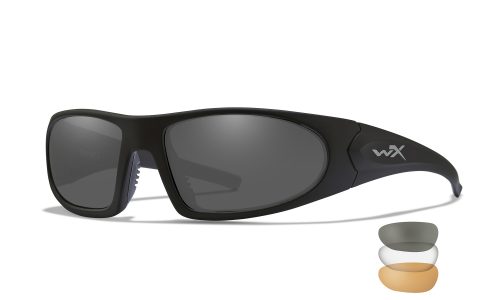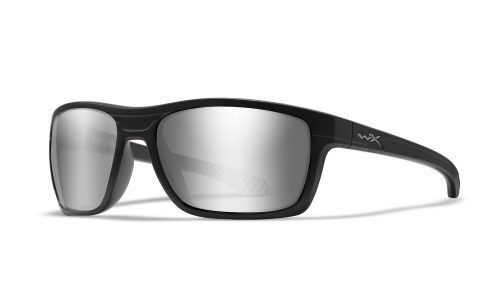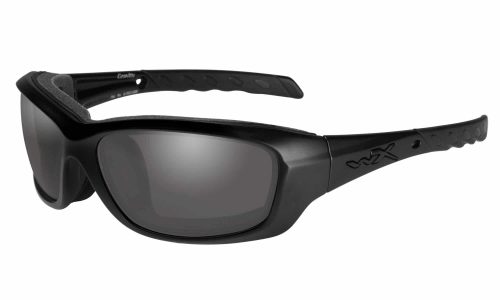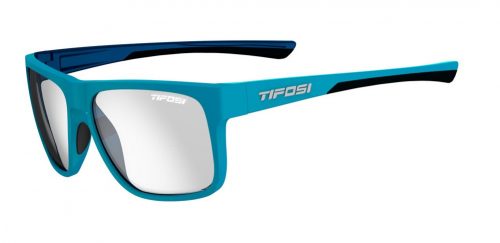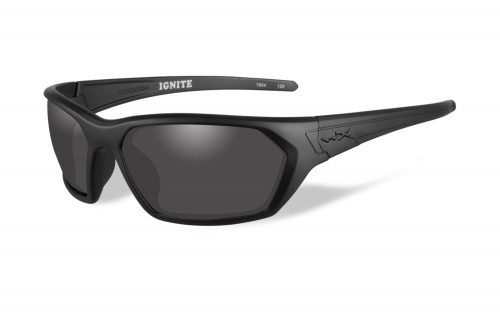It is normal for people to experience new problems with vision as they age, especially after reaching their fortieth birthday. The lens of the eyes becomes harder over time, making it much less flexible. As this change occurs, the lens has more difficulty changing shape, affecting one’s ability to focus on images close-up. The main way to combat this issue is with bifocal eyeglasses or bifocal sunglasses when outdoors.
What Are Bifocals?
For people who already need to wear corrective eyewear, it can be frustrating to switch between two pairs of glasses for different activities. Some people may even juggle around three types of eyewear if they also have a separate pair of sunglasses. Bifocals offer a convenient solution by combining your prescription lenses and reading lenses into one type of eyewear. You can even purchase bifocal sunglasses for optimal vision when outdoors. With bifocal lenses, there is a clear line between a top section that features your prescription and a smaller bottom section that is designed to help you see up-close for activities such as reading.
What are the Differences Between Bifocals, Trifocals, and Varifocals?
When considering which type of eyewear is best for your needs, it can be confusing trying to understand the differences between bifocals, trifocals, and varifocals. As explained above, bifocals are split into the distance and near vision sections with a visible line between them. Trifocals are split into three different points of focus. In addition to a distance and near vision, these lenses have a third section for intermediate vision. People most often use intermediate vision when looking at something about arm’s length away, such as a computer screen. Varifocals, or progressive lenses, also have three regions but without lines neatly separating them. Instead, these lenses change gradually to offer distance, intermediate, and near vision correction.
Bifocal Sunglasses FAQs
Can You Get Bifocals in Sunglasses?
Yes, there is no reason you can’t get sunglasses with bifocal, progressives or other types of prescriptions. You can even get polarized bifocal sunglasses without affecting the quality of your prescription lenses. With tinted bifocals can you enjoy your favorite outdoor activities, such as reading a book outside or baiting your hook while fishing.
What Is the Difference Between Bifocals and Varifocals?
Both bifocals and varifocals are designed to help people with presbyopia, a condition that causes a person to have difficulties focusing on items up close with age. However, bifocals have a distinct line down the lens while varifocals do not. Rather, varifocals offer a seamless transition between distance and near focus points, including intermediate zones in the middle.
Are Bifocals Good for Driving?
Bifocals are located on the bottom of your glasses with your regular prescription still on top, so you can still drive while wearing them. This design allows you to easily see the road in front of you at a distance while easily being about to read the dashboard and whatever else is directly in front of you.
Can You Get Bifocals Without Lines?
While traditional bifocal reading sunglasses have a line dividing the two lens segments, there are prescription glasses available that offer this same benefit without the appearance of an obvious line. These glasses are most often called progressive lenses but are also sometimes referred to as varifocals or no-line bifocals. You can find many types of glasses using this technology, even no line bifocal sunglasses polarized.
How Do You Get Used to Lined Bifocals?
Wearing bifocals can take some time to adjust to, even if you’re already used to wearing prescription glasses. A few ways to ease this process is to avoid looking down when you walk, moving the book instead of your eyes when reading, and make a point to wear your new bifocals as much as possible. Wear bifocal sunglasses when outdoors.
